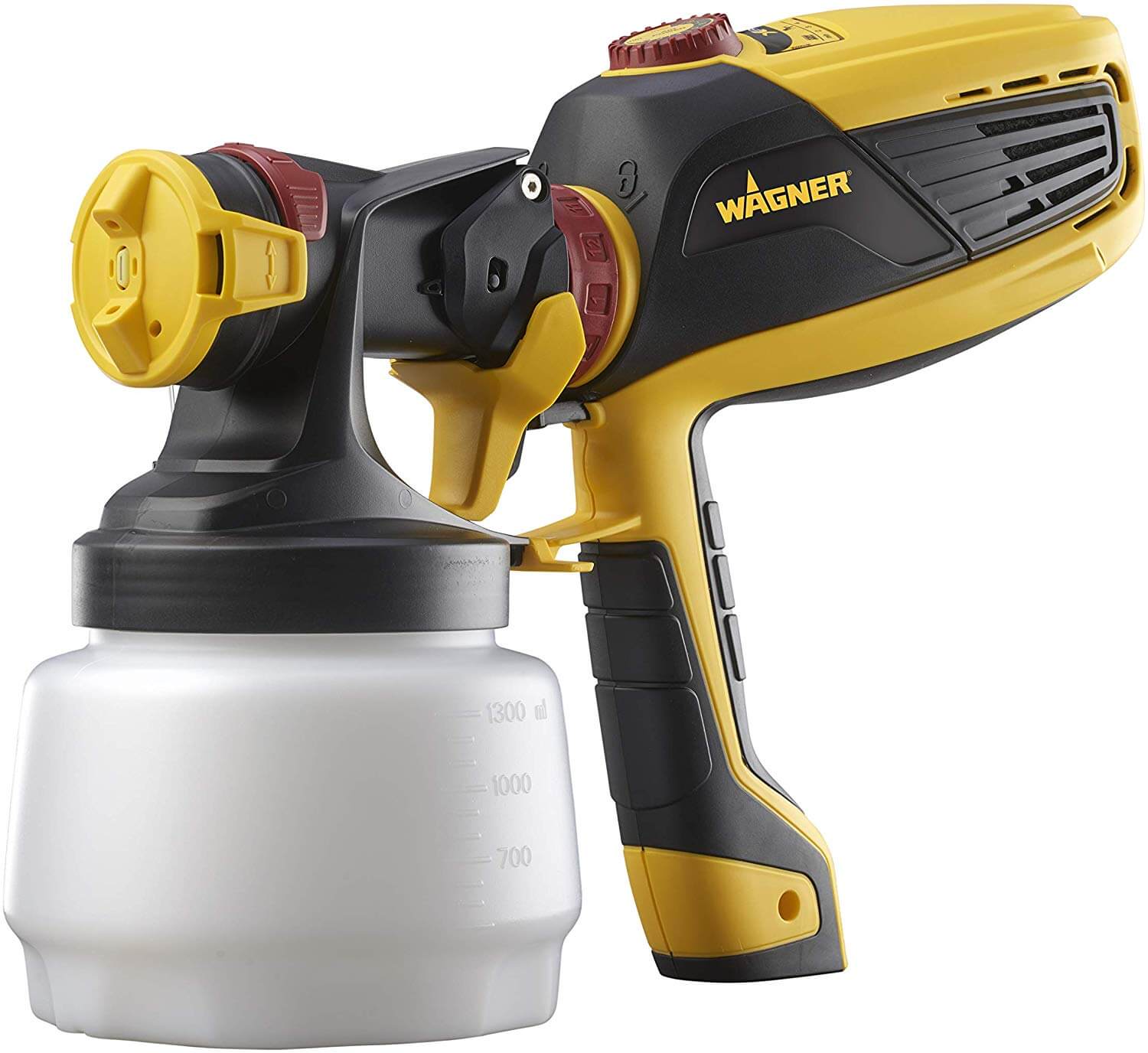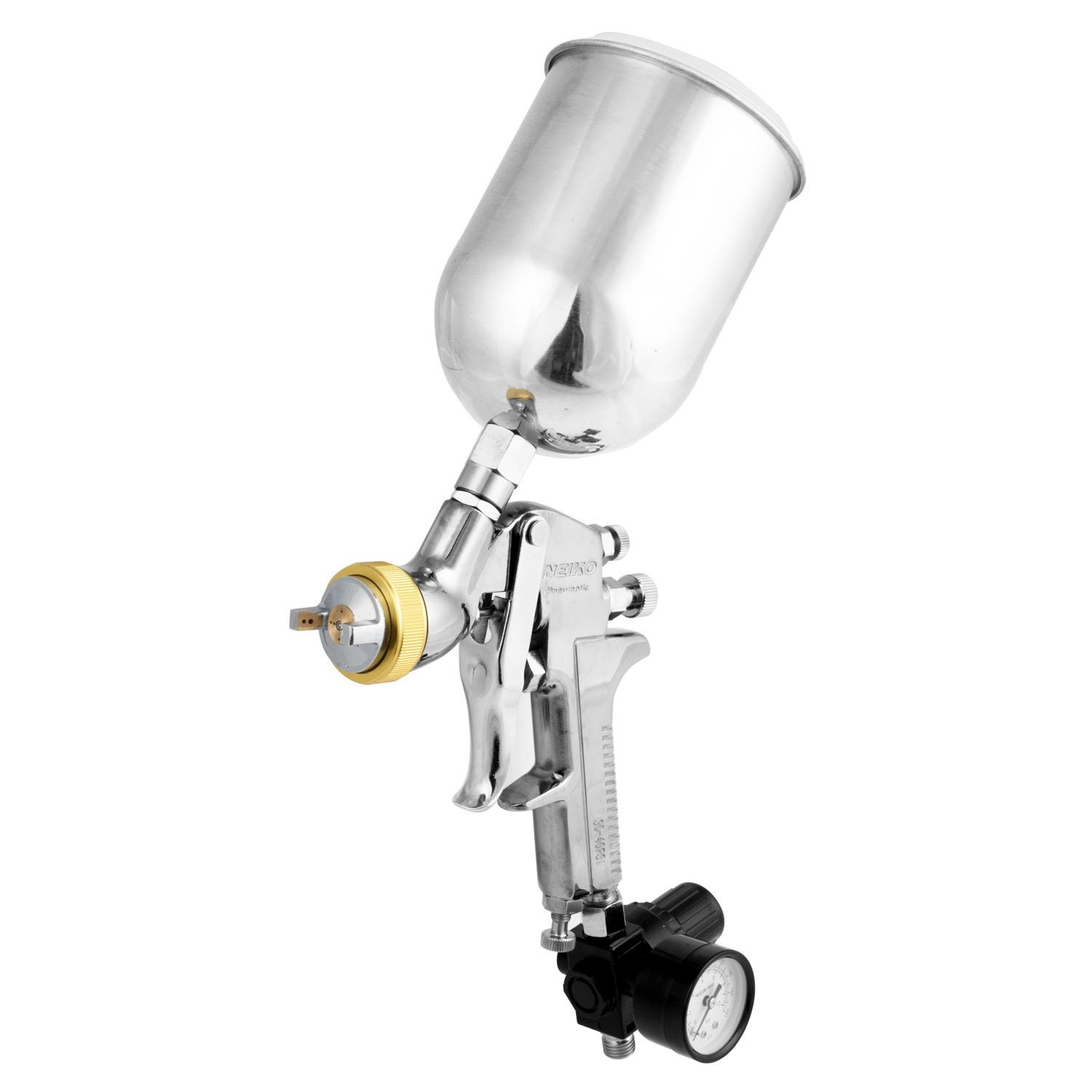Types of Paint Sprayers for Cabinets: Paint Sprayer For Cabinets

Yo, so you’re ready to paint your cabinets and you’re thinking about using a paint sprayer. That’s a smart move, because a sprayer can give you a super smooth, professional-looking finish. But with so many different types of sprayers out there, it can be tough to know which one is right for you. Don’t worry, I’m here to break it down.
HVLP Sprayers
HVLP stands for High Volume, Low Pressure. These sprayers use a high volume of air at low pressure to atomize the paint, creating a fine mist. This means you get a super smooth finish with less overspray, which is awesome if you’re painting cabinets.
Here’s the lowdown on HVLP sprayers:
- Advantages: They’re great for beginners because they’re easier to control and less likely to cause runs or sags. They also produce a very fine finish, which is perfect for cabinets.
- Disadvantages: They can be a bit slower than other types of sprayers, and they require a compressor to operate, which can be bulky and noisy.
- Features: HVLP sprayers typically have adjustable spray patterns and pressure settings, so you can fine-tune them for different applications. They also come with different nozzle sizes, which affect the width and thickness of the spray pattern.
Airless Sprayers, Paint sprayer for cabinets
Airless sprayers are the muscle of the paint spraying world. They use high pressure to force paint through a tiny nozzle, creating a fine mist. These sprayers are super fast and powerful, but they can be tricky to use if you’re not experienced.
Here’s the breakdown on airless sprayers:
- Advantages: They’re super fast, which is a big plus if you’re painting a lot of cabinets. They also produce a good finish, although it might not be as fine as an HVLP sprayer.
- Disadvantages: They can be difficult to control, especially for beginners. They can also cause more overspray than HVLP sprayers, so you need to be careful about masking.
- Features: Airless sprayers typically have adjustable pressure settings and different nozzle sizes. They also have a tip guard that protects the nozzle from damage.
Air-Assisted Airless Sprayers
These sprayers are kind of like the middle ground between HVLP and airless sprayers. They use a combination of air and pressure to atomize the paint, which gives you a balance of speed and control.
Here’s the deal with air-assisted airless sprayers:
- Advantages: They’re faster than HVLP sprayers but easier to control than airless sprayers. They also produce a good finish, although it might not be as fine as an HVLP sprayer.
- Disadvantages: They can be more expensive than HVLP sprayers, and they require a compressor to operate.
- Features: Air-assisted airless sprayers typically have adjustable pressure settings, spray patterns, and nozzle sizes.
Choosing the Right Paint Sprayer for Cabinets

Yo, painting your cabinets can be a total game-changer for your kitchen or bathroom. But before you start spraying, you gotta choose the right paint sprayer. It’s like picking the right weapon for the job, you know? A good sprayer can make the difference between a smooth, pro-level finish and a messy, amateur disaster. So, let’s break it down.
Factors to Consider
Choosing the right paint sprayer depends on a few key things, like the size of your project, the type of paint you’re using, and the kind of finish you want.
- Project Size: If you’re only painting a few cabinets, a smaller, handheld sprayer might be all you need. But if you’re tackling a whole kitchen, a larger, more powerful sprayer will be your best bet.
- Paint Type: Some sprayers are better suited for certain types of paint. For example, oil-based paints are thicker and require a sprayer with more power.
- Desired Finish: If you’re going for a super smooth, professional finish, you’ll want a sprayer that can create a fine mist. But if you’re looking for a more textured look, a sprayer with a wider spray pattern might be a better choice.
Tips for Choosing a Paint Sprayer
Here are some tips to help you choose the right paint sprayer for your needs:
- Read Reviews: Check out online reviews to see what other people are saying about different models. You can get a good idea of what works and what doesn’t.
- Consider Your Budget: Paint sprayers come in a wide range of prices, so it’s important to set a budget before you start shopping.
- Think About Maintenance: Some sprayers require more maintenance than others. If you’re not comfortable cleaning and maintaining a sprayer, you might want to choose a model that’s easier to take care of.
Paint Sprayer Models
Here’s a table comparing some popular paint sprayer models:
| Model | Price | Features | Suitability for Cabinet Painting | Wagner Control Spray Max | $100 – $150 | Handheld, lightweight, easy to use | Great for small to medium-sized projects | Graco Ultra Max II | $200 – $300 | Powerful, durable, versatile | Ideal for large projects and multiple coats | Titan 440 | $300 – $400 | Professional-grade, high-volume, adjustable spray pattern | Best for demanding projects and high-quality finishes |
|---|
“Don’t just pick a sprayer based on price. Consider the features and make sure it’s the right fit for your needs.”
Using a Paint Sprayer for Cabinets

Yo, painting your cabinets with a sprayer can totally transform your kitchen or bathroom. It’s a pro-level move that can give you a super smooth, even finish. But before you start blasting paint, you gotta get your cabinets ready.
Preparing Cabinets for Painting
Alright, prepping your cabinets is key to a bomb finish. Here’s the rundown:
- Clean Your Cabinets: Get rid of any grease, grime, or old finish. Use a degreaser, soap, and water, or a cabinet cleaner to get them sparkling. Let them dry completely before moving on.
- Sanding: Sanding is essential for a good paint bond. Use fine-grit sandpaper (120-180 grit) to smooth out any rough spots or imperfections. Don’t forget to sand the edges, too.
- Patching: If you have any holes or cracks, fill them with wood filler and let it dry. Then sand it smooth with your sandpaper.
- Mask Everything: Cover your floors, walls, and anything else you don’t want to get paint on. Use painter’s tape to mask off the areas you want to protect.
- Prime Time: Prime your cabinets with a good-quality primer. This helps the paint stick better and gives you a smoother finish. Let the primer dry completely before painting.
Setting Up and Using a Paint Sprayer
Now, it’s time to get that sprayer going. Here’s how to set it up and use it like a boss:
- Choosing the Right Tip: Pick a tip size that’s right for your project. For cabinets, a medium-sized tip (usually around .017 to .021 inches) is a good bet.
- Thinning the Paint: Follow the manufacturer’s instructions for thinning your paint. Too much thinning can make the paint run, but not enough thinning can make it too thick to spray smoothly.
- Practice Makes Perfect: Before you spray your cabinets, practice on a scrap piece of wood. This helps you get a feel for the sprayer and the paint.
- Spraying Techniques: Hold the sprayer about 6-8 inches away from the cabinet surface. Move the sprayer in smooth, overlapping strokes, keeping a consistent speed. Don’t dwell in one spot for too long, or you’ll get paint runs.
- Light Coats: Apply several light coats of paint instead of one thick coat. This helps prevent runs and ensures a smooth, even finish.
Expert Tips for Pro Results
Yo, listen up for these pro tips to make your cabinets look like they were done by a master painter:
- Use a Paint Filter: A paint filter will help prevent clogs in your sprayer and ensure a smooth finish.
- Clean Your Sprayer Regularly: Clean your sprayer thoroughly after each use. This helps prevent clogs and ensures a longer lifespan for your sprayer.
- Use a Fan Pattern: Spray in a fan pattern, moving the sprayer back and forth. This helps ensure even coverage.
- Don’t Forget the Edges: Pay special attention to the edges of your cabinets. Use a small brush to touch up any areas that you missed with the sprayer.
- Let the Paint Dry: Allow the paint to dry completely between coats. This ensures a smooth, even finish.
Paint sprayer for cabinets – A paint sprayer can be a game-changer for achieving a professional finish on your cabinets, especially if you have large, intricate surfaces like those found on 42 inch kitchen cabinet doors. The even application of paint with a sprayer minimizes brush strokes and ensures a smooth, consistent look, making your kitchen cabinets a true focal point of your home.
A paint sprayer can be a game-changer for achieving a professional finish on your cabinets, especially when dealing with intricate details. If you’re looking to elevate the look of your cabinets, consider adding applied molding cabinet doors. These doors can add a touch of elegance and sophistication, and a paint sprayer can help you achieve a flawless finish on the molding.
With a little practice, you can create stunning cabinets that will be the envy of your neighborhood.
